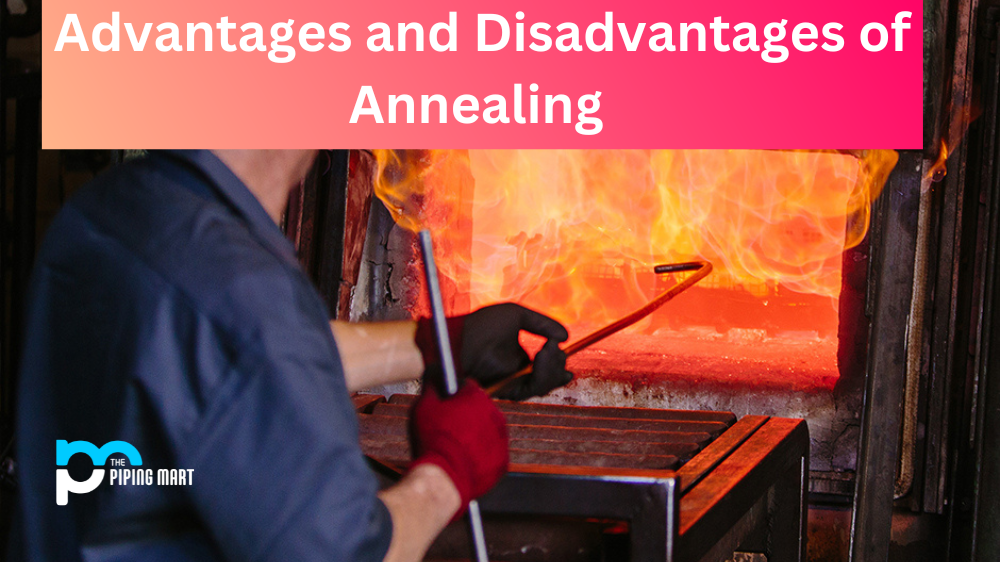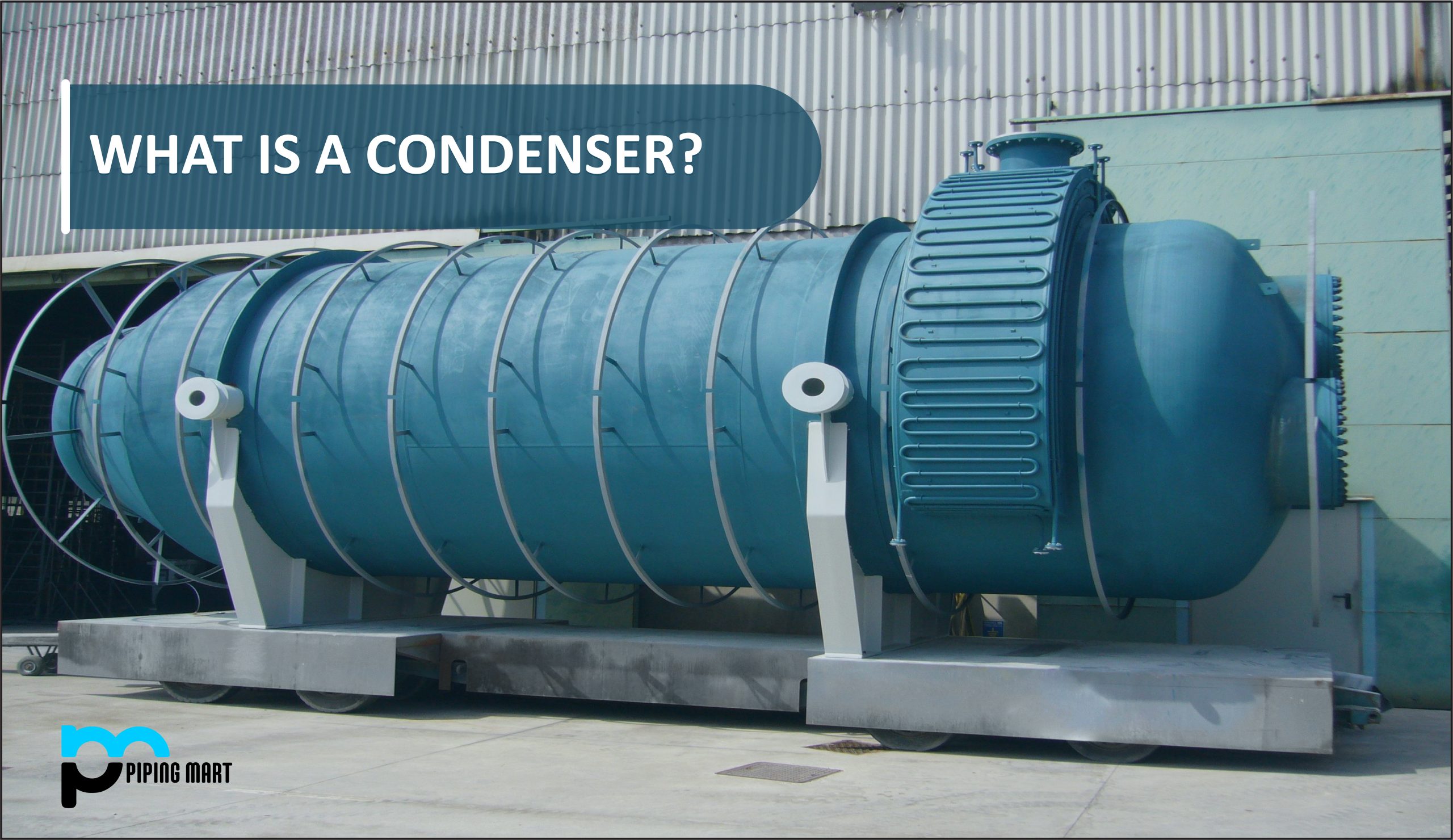Annealing is a process used to reduce the hardness and increase the ductility of materials such as metals, glass, and ceramics. It is a heat treatment process that can be used to alter the physical and chemical properties of materials. In this blog post, we will discuss the advantages and disadvantages of annealing so you can make an informed decision about whether or not it’s the right choice for your project.
Advantages of Annealing
One of the primary advantages of annealing is that it improves a material’s mechanical properties, such as ductility, strength, and malleability. When performed correctly, annealing can improve the material’s ability to withstand stresses caused by bending or twisting without breaking. This makes it ideal for applications where parts need to be frequently handled without fear of breakage or deformation. Additionally, annealing can improve a material’s electrical conductivity and magnetic properties, which makes it ideal for electronic components or magnetic materials.
The other major advantage is that annealing can reduce stress in a material caused by prior manufacturing processes such as welding or machining. By removing residual stresses from parts, you can prevent premature failure due to fatigue or cracking. Additionally, this process helps to restore machined surfaces back to their original profile for improved accuracy in subsequent operations.
Annealing can improve the ductility of a metal.
Ductility is a measure of a material’s ability to deform under tensile stress. It is an important property for metals, as it allows them to be drawn into wire or rolled into thin sheets. Annealing can increase the ductility of metal by reducing the number of dislocations in its crystal structure. This, in turn, makes the metal more resistant to deformation.
Annealing can improve the machinability of a metal.
Machinability is a measure of a material’s ability to be machined or cut into desired shapes. Annealing can improve the machinability of metal by reducing the amount of built-up edge that forms on cutting tools when they are used to machine the metal. This, in turn, makes the metal easier to machine and results in less tool wear.
Annealing can improve the weldability of a metal.
Weldability is a measure of a material’s ability to be welded or joined together using heat and pressure. Annealing can improve the weldability of metal by reducing the amount of residual stress in the metal. This, in turn, makes the metal less likely to crack or warp during welding.
Annealing can improve the corrosion resistance of a metal.
Corrosion resistance is a measure of a material’s ability to resist corrosion or degradation when exposed to an environment that is hostile to it. Annealing can improve the corrosion resistance of a metal by increasing its resistance to oxidation and other forms of corrosion.
Annealing can improve the electrical and thermal conductivity of a metal.
Conductivity is a measure of a material’s ability to conduct electricity or heat. Annealing can improve the electrical and thermal conductivity of a metal by reducing the number of defects in its crystal structure. This, in turn, makes the metal more efficient at conducting electricity or heat.
Disadvantages of Annealing
The primary disadvantage of annealing is that it requires precise temperature control during the heating and cooling cycles in order to maintain uniformity throughout the part being treated. This means that it must be done carefully in order to avoid thermal shock, which could cause fracturing if not done properly. Additionally, some materials may require multiple cycles in order to achieve optimal results, which adds additional time and cost associated with performing this operation. Lastly, certain materials may not respond well to annealing, so you should check with your supplier prior to using this process on any given material.
Annealing can be time-consuming.
One of the primary disadvantages of annealing is that it can be time-consuming. Depending on the material and the desired properties, annealing can take anywhere from a few minutes to several hours. This can be problematic for manufacturers who are trying to produce parts quickly and efficiently.
Annealing can be expensive.
Another disadvantage of annealing is that it can be expensive. In some cases, the cost of annealing can be prohibitive, particularly for small businesses or those with tight budgets. Additionally, the costs associated with annealing may increase if special equipment is required.
Annealing may not be necessary.
In some cases, annealing may not be necessary. This is often the case with materials that are already strong and ductile. For these materials, annealing may actually decrease their strength and ductility. As such, it is important to consult with an expert before deciding whether or not to anneal a material.
Annealing can cause defects.
Another potential disadvantage of annealing is that it can cause defects. In some cases, these defects can be minor and may not affect the performance of the material. However, in other cases, they can be major and may render the material unusable. As such, it is important to carefully consider the risks and benefits of annealing before proceeding.
Annealing may alter the properties of a material.
Finally, it is worth noting that annealing may alter the properties of a material. In some cases, this may be desirable, such as when increasing the strength or ductility of a material. However, in other cases, it may not be desirable, such as when changing the color or grain structure of a material.
Conclusion:
Annealing is a heat treatment process that has been around for centuries but still remains popular even today due to its many benefits when applied correctly. It can help improve a material’s mechanical properties while also reducing stress caused by previous manufacturing processes such as welding or machining, thus making it ideal for many applications across various industries. However, it does come with some drawbacks, such as requiring precise temperature control during heating/cooling cycles as well as potentially needing multiple cycles depending on the application at hand so make sure you consider all factors before deciding if annealing is right for your project!

Pipingmart is a B2B portal that specializes in metal, industrial and piping items. Additionally, we share the latest information and information about materials, products and various types of grades to assist businesses that are involved in this business.




